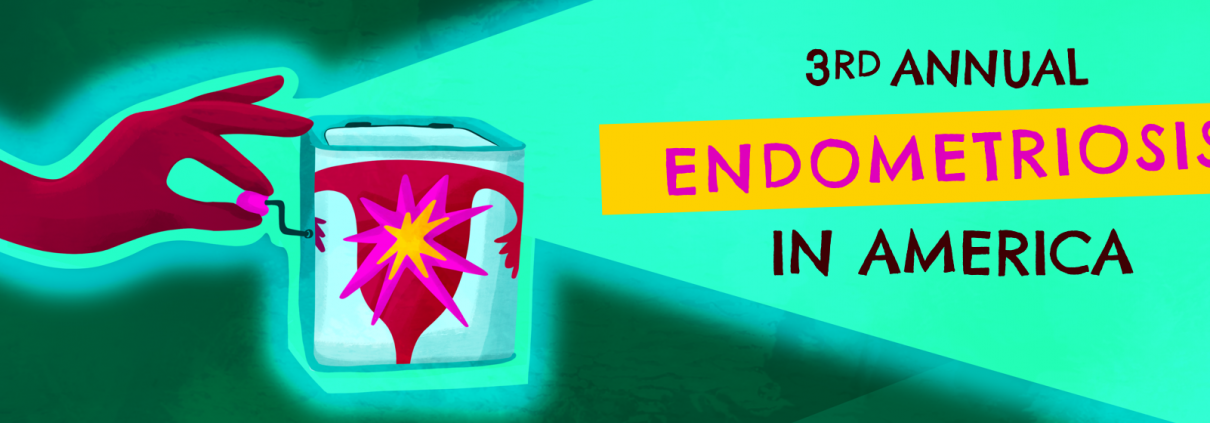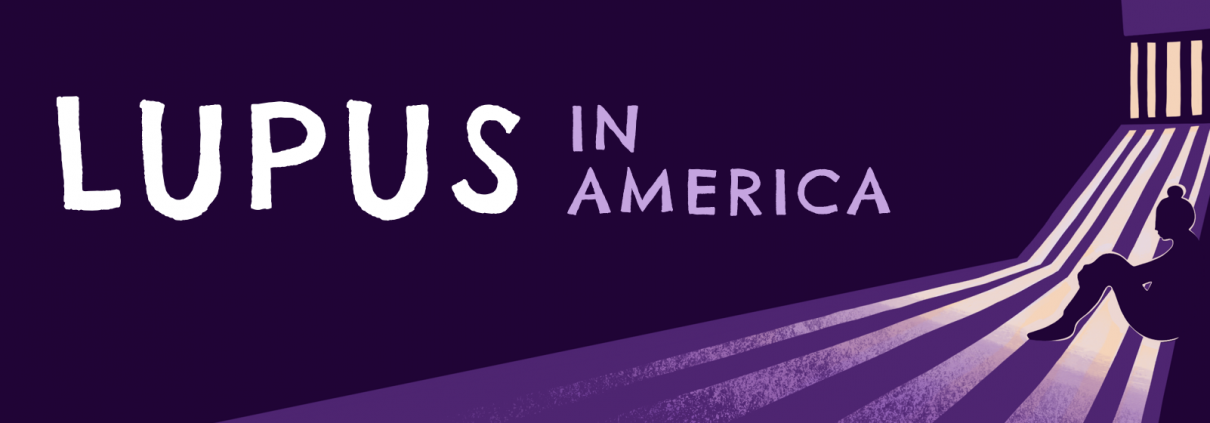Health Union Survey Reveals Diagnosis, Treatment Obstacles Experienced by People with Chronic Hives
Only a fourth of respondents are satisfied with their current quality of life; 84% have never connected with other people living with chronic hives
Published July 18th, 2022 | 4 Minute Read
PHILADELPHIA — July 18, 2022 — Living with chronic hives can often be impacted by various obstacles throughout the patient journey, including diagnosis, treatment-related condition control and affordability and quality of life, according to a recent survey conducted by Health Union, the leader in social health. The inaugural Chronic Hives In America survey illuminates the perspectives and experiences of people living with chronic hives.
These findings also support and fuel content and engagement for the recent launch of Chronic-Hives.com, Health Union’s 40th condition-specific online health community.
The American College of Allergy, Asthma & Immunology defines hives as a skin reaction leading to red or skin-colored bumps, caused by an array of triggers, including food, medications, insect stings or bites and exposure to heat or cold. When an individual’s hives occur almost daily for more than six weeks, this is known as chronic hives, or chronic spontaneous urticaria.
Potentially due to a similarity in symptoms and triggers to allergies and a number of skin conditions, diagnosis can often be a journey for people living with chronic hives. More than six in 10 respondents said they had to see at least three healthcare professionals before receiving their chronic hives diagnosis. Chronic-Hives.com patient leader Christy Amos is one of those individuals.
“I ended up seeing three different allergy specialists before I was told that I have chronic hives,” Amos said. “I’m glad to be a part of a community where I can share my experience and help support others who are also dealing with chronic hives.”
Access to treatment can be a particular pain point for people with chronic hives. Nearly three in 10 respondents said they are unable to afford the cost of chronic hives treatment. Only 18% of respondents have ever used injection medications, which are among the most expensive treatments and often used for severe cases of chronic hives.
Affordability is one of multiple factors that could contribute to low condition control. Three in 10 respondents said they considered their chronic hives to be controlled on their current treatment plan. An even lower amount – 15% – said they feel in control of their overall health.
This negative view of overall health could be related to the significant impact the condition can have on mental health and other aspects of quality of life. Only a quarter of respondents said they are satisfied with their current quality of life. Specifically, more than half said their chronic hives have had a negative impact on their ability to sleep, four in 10 said it has negatively impacted their mental health and one-third said their condition has negatively affected both their self-esteem and their social life.
Moreover, half of respondents said they feel alone in their struggle with the condition. For many, this could be related to not knowing others who are also living with the condition. In fact, 84% of respondents said they have never connected with other people living with chronic hives, while only 8% currently keep in touch or engage with other chronic hives patients.
“People with chronic or complex health conditions are constantly looking for meaningful connections throughout their health journeys, whether to obtain information or find and share support,” said Olivier Chateau, Health Union’s co-founder and CEO. “With a condition like chronic hives, for which so few people know or have the opportunity to engage with others who share their experiences, Chronic-Hives.com will be a much-needed resource for many.”
Related Articles
Survey Provides Deep Dive into Deep Infiltrative Endometriosis
Deep infiltrative endometriosis (DIE) impacts more than half of Health Union’s “Endometriosis In America” survey respondents.
People With Lupus Frustrated by Lack of Treatment Options
More than six in 10 people living with lupus said they feel frustrated there aren’t more treatment options for lupus, according to a Health Union survey.
Asthma Patient-Reported Survey Data | 2020
40% of people with asthma experience symptoms at least once a day, according to Health Union survey data from its online health community.
The inaugural Chronic Hives In America survey, which was fielded from Jan. 10 to March 18, 2022, included responses from 201 people living with chronic hives. Additional survey results may be available upon request. More information about living with chronic hives can be found on Chronic-Hives.com.
About Health Union
Health Union is the proven industry leader driving and amplifying social health. As the premier social health company, only Health Union encourages the dynamic, real-time action people take to find meaningful connections and share information that impact their health journey. The company reaches millions of people through the largest portfolio of condition-specific online health communities (e.g., Migraine.com, MultipleSclerosis.net, LungCancer.net) and health leaders – addressing virtually every condition and providing the information, connection and support they need.
Related Articles
Survey Provides Deep Dive into Deep Infiltrative Endometriosis
Deep infiltrative endometriosis (DIE) impacts more than half of Health Union’s “Endometriosis In America” survey respondents.
People With Lupus Frustrated by Lack of Treatment Options
More than six in 10 people living with lupus said they feel frustrated there aren’t more treatment options for lupus, according to a Health Union survey.
Asthma Patient-Reported Survey Data | 2020
40% of people with asthma experience symptoms at least once a day, according to Health Union survey data from its online health community.



